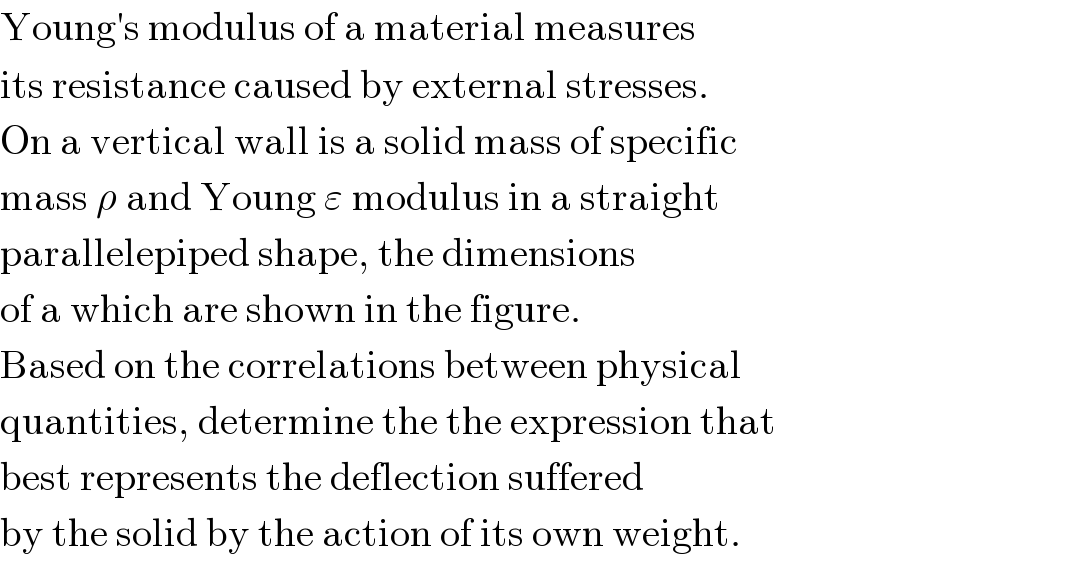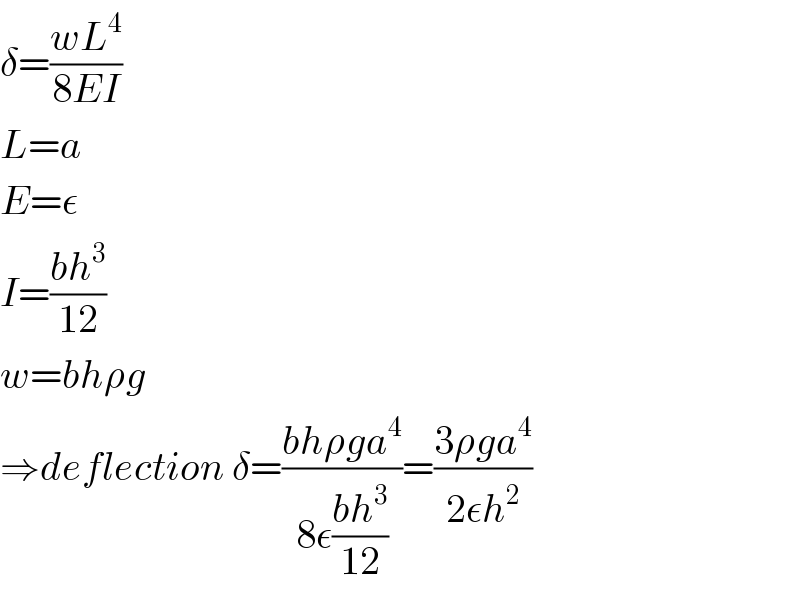
Question and Answers Forum
Question Number 68642 by Maclaurin Stickker last updated on 14/Sep/19

Commented by Maclaurin Stickker last updated on 14/Sep/19

Commented by mr W last updated on 14/Sep/19

Commented by mr W last updated on 14/Sep/19

| ||
Question and Answers Forum | ||
Question Number 68642 by Maclaurin Stickker last updated on 14/Sep/19 | ||
 | ||
Commented by Maclaurin Stickker last updated on 14/Sep/19 | ||
 | ||
Commented by mr W last updated on 14/Sep/19 | ||
 | ||
Commented by mr W last updated on 14/Sep/19 | ||
 | ||